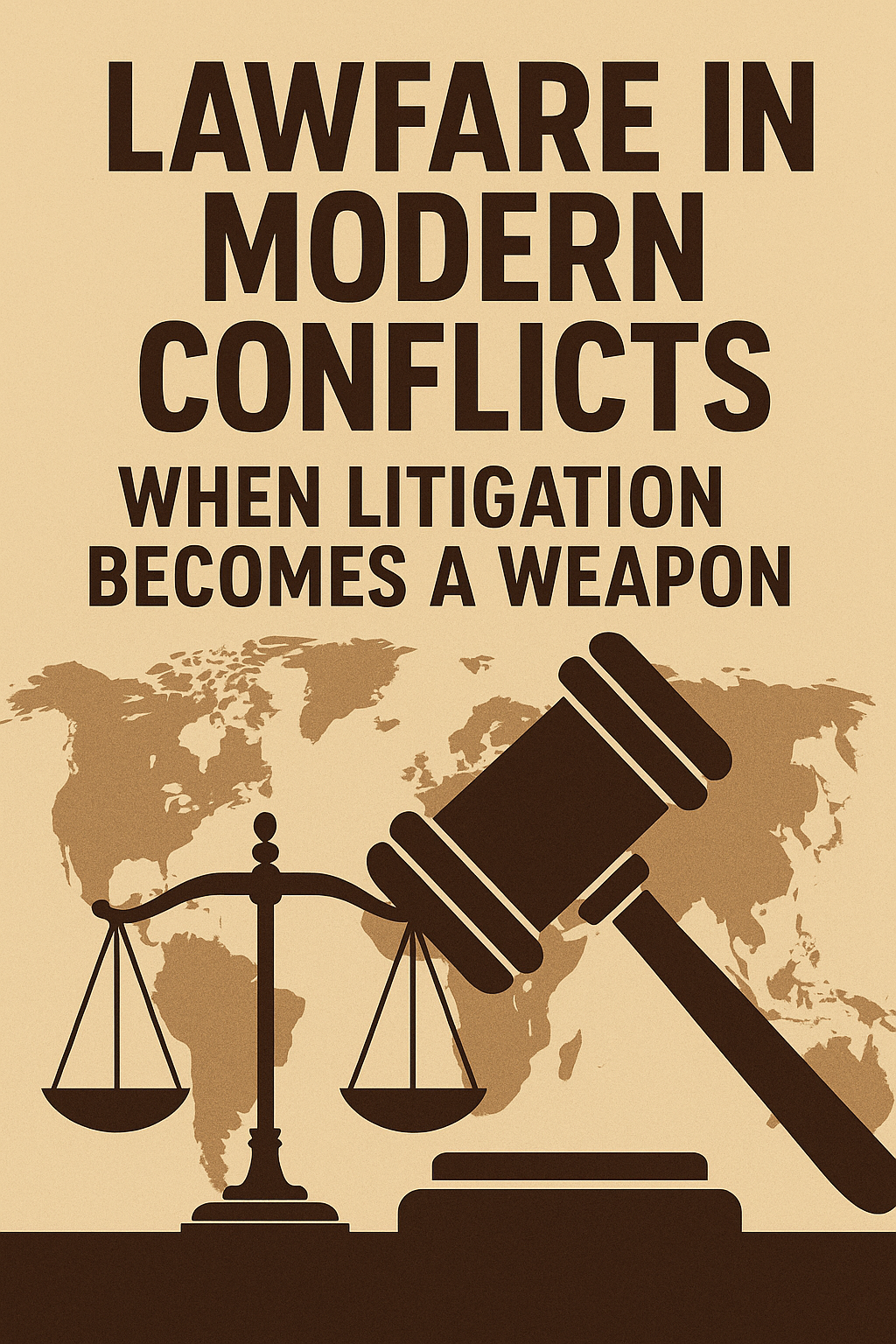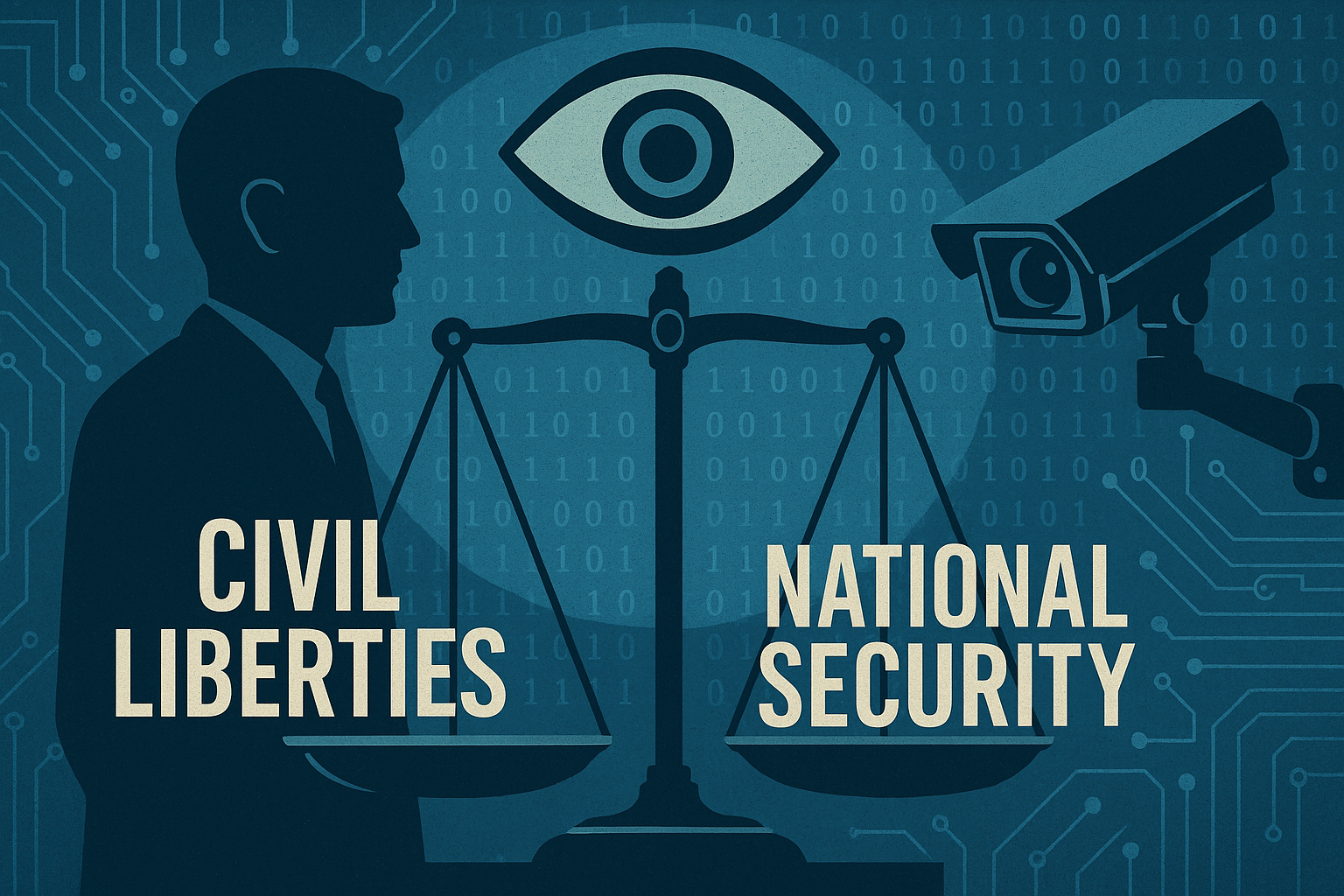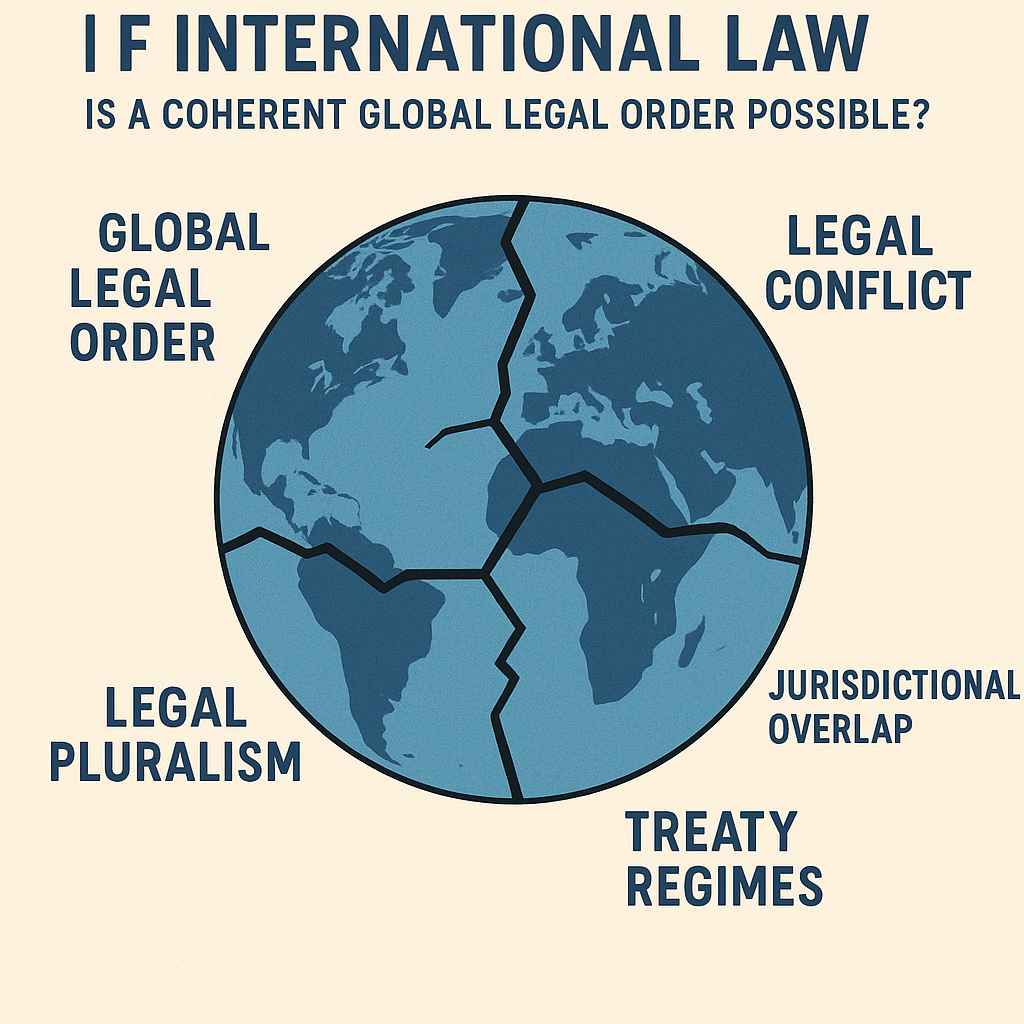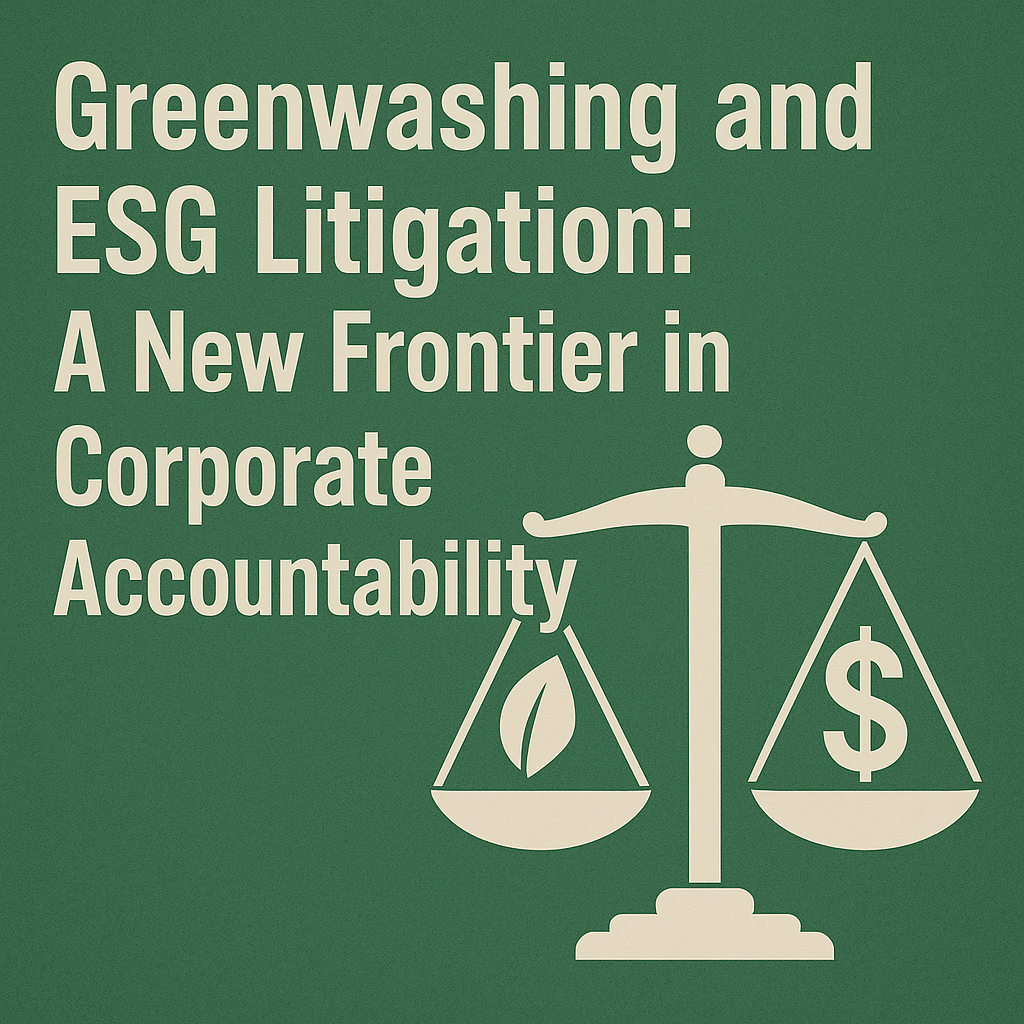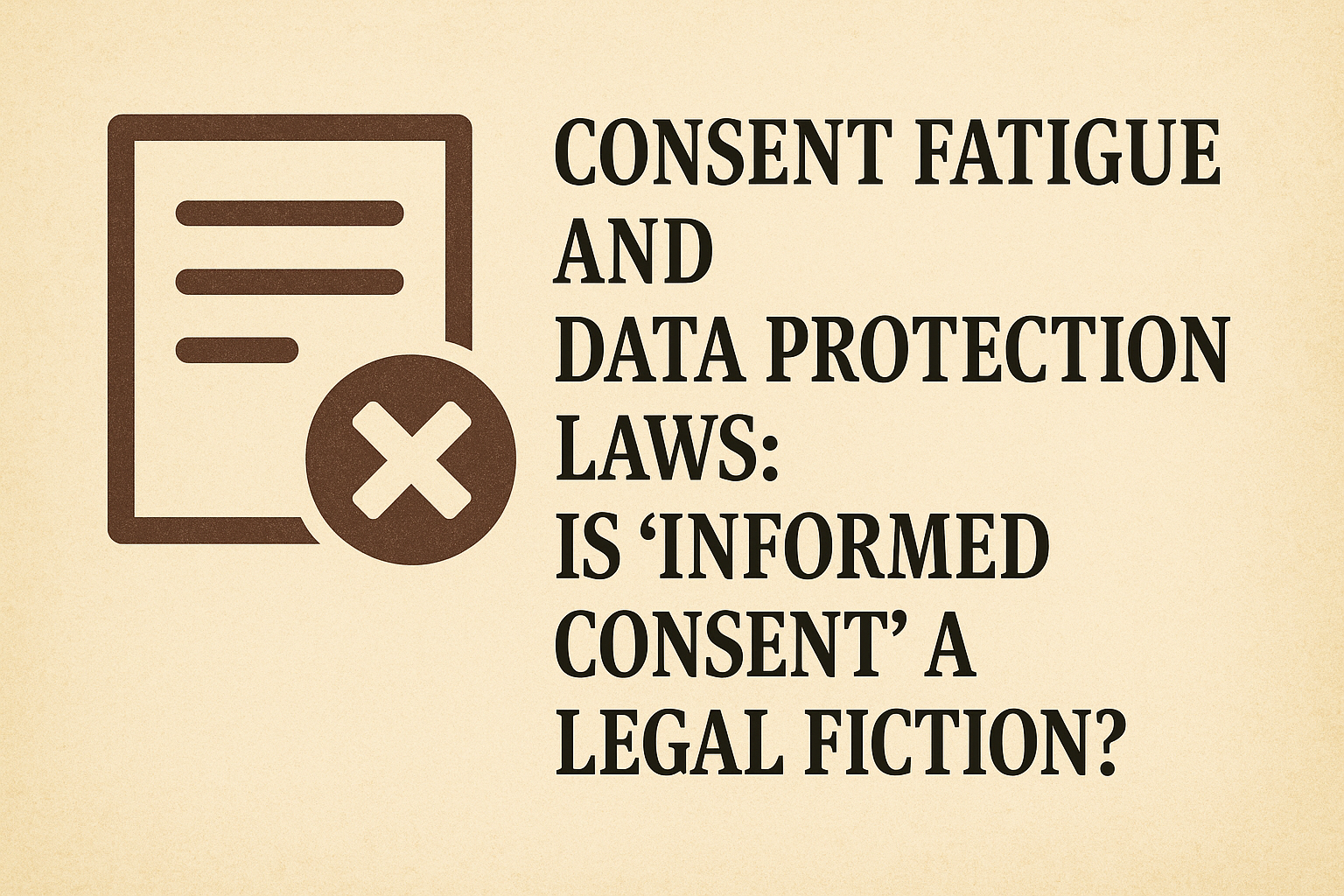Lawfare in Modern Conflicts: When Litigation Becomes a Weapon
Introduction
In the evolving landscape of global conflict, where traditional warfare is increasingly constrained by international norms and public scrutiny, a new battleground has emerged—lawfare. A portmanteau of “law” and “warfare,” lawfare refers to the strategic use of legal mechanisms to achieve military, political, or economic objectives. In essence, it transforms the courtroom into a battlefield, where litigation replaces bombs, and legal arguments serve as ammunition.
While the term “lawfare” may seem novel, its practice has deep historical roots. However, in the 21st century, its sophistication and frequency have grown exponentially, particularly with the rise of international courts, human rights tribunals, and a globally connected media environment that amplifies legal narratives. This article examines the dimensions, uses, consequences, and ethical concerns surrounding lawfare in modern conflicts.
Defining Lawfare
Lawfare is broadly defined as the misuse or manipulation of legal systems, doctrines, or institutions to achieve strategic advantages in conflict without conventional military action. It can be used by states, non-state actors, multinational corporations, and even civil society groups.
The concept was popularized by Major General Charles Dunlap, who described lawfare as “the use of law as a weapon of war.” This includes everything from filing cases in international courts to issuing legal threats designed to deter opponents, discredit them internationally, or bind their hands through complex litigation.
Methods and Manifestations of Lawfare
Lawfare can take many forms, including:
- International Criminal Complaints: States or NGOs file war crimes or human rights violation complaints against political leaders or military officials in institutions like the International Criminal Court (ICC).
- Human Rights Litigation: Allegations of genocide, torture, or ethnic cleansing are filed in international forums to pressure adversaries, often based on events during armed conflicts or occupations.
- Economic Lawfare: States impose or manipulate international sanctions and trade litigation (e.g., WTO disputes) to weaken the economic capacity of adversaries.
- Territorial Claims through Courts: Disputes over borders, maritime rights, or sovereignty are increasingly fought in courtrooms—such as the South China Sea arbitration between the Philippines and China.
- Strategic Public Interest Litigation: NGOs or activists file lawsuits not just to seek justice but to influence international opinion and policymaking. This is especially common in conflicts involving Israel-Palestine, Russia-Ukraine, and Kashmir.
- Cyber Lawfare: As cyber conflict escalates, states use data privacy laws, digital sovereignty, and internet governance regulations to assert power and limit foreign interference.
Lawfare in Practice: Case Studies
1.
Israel-Palestine Conflict
Both Israeli and Palestinian actors have used international courts to wage lawfare. Palestinians have sought war crime investigations through the ICC against Israeli military actions in Gaza, while Israel accuses Palestinian groups of terrorism and uses legal channels to delegitimize them internationally.
2.
Russia-Ukraine Dispute
Since the annexation of Crimea in 2014 and the 2022 full-scale invasion, both Russia and Ukraine have filed cases in various international forums, including the ICJ and European Court of Human Rights. Ukraine’s use of lawfare is aimed at securing international condemnation, sanctions, and reparations, while Russia counters with its legal justifications for the conflict.
3.
South China Sea Arbitration
The Philippines initiated legal action against China under the United Nations Convention on the Law of the Sea (UNCLOS) at The Hague. The tribunal ruled in favor of the Philippines, undermining China’s maritime claims—though China rejected the decision. Nevertheless, the case serves as a powerful example of legal leverage in geopolitical disputes.
4.
India and Pakistan
In the Kulbhushan Jadhav case, India approached the International Court of Justice to seek consular access for an Indian national sentenced to death by Pakistan. The legal route provided India a diplomatic and moral high ground on an international platform, reflecting a classic lawfare maneuver.
Advantages of Lawfare
- Minimizes physical violence: Lawfare allows states to pursue objectives without direct conflict, potentially reducing human casualties.
- Legitimizes political narratives: Legal judgments can serve as powerful tools for gaining global legitimacy or discrediting adversaries.
- Mobilizes public opinion: Court rulings and legal filings often generate media coverage and international sympathy.
- Utilizes existing global institutions: Lawfare enables weaker states or actors to challenge more powerful adversaries using the strength of international law.
Criticisms and Ethical Dilemmas
Despite its strategic appeal, lawfare raises several ethical and legal concerns:
- Misuse of legal institutions: When legal systems are exploited for political goals, it undermines the integrity of justice mechanisms.
- Asymmetrical access: Wealthy or powerful states are often better equipped to engage in sustained litigation, potentially skewing justice.
- Politicization of justice: Lawfare blurs the line between legal redress and political maneuvering, threatening impartiality.
- Delays and obstructions: Lawfare can be used to delay peace negotiations or obstruct humanitarian relief under the guise of legal legitimacy.
Lawfare vs. Legal Advocacy: Drawing the Line
It is crucial to differentiate lawfare from legitimate legal advocacy. The former is often driven by a strategic or combative intent, while the latter seeks genuine redress or accountability. However, the line between the two is increasingly blurry. What one side sees as rightful legal action, the other may denounce as cynical lawfare. This duality complicates international diplomacy and peacebuilding efforts.
Future of Lawfare in Global Conflict
As the world becomes more interconnected and norms-based, lawfare is expected to play an even greater role in global conflicts. With the rise of AI, cybersecurity threats, and transnational regulatory regimes, the legal landscape will become more complex, offering new arenas for strategic legal engagement.
States will likely expand legal divisions within their foreign ministries and defense departments. Meanwhile, non-state actors—ranging from multinational corporations to human rights organizations—will continue leveraging lawfare for both offensive and defensive purposes.
Conclusion
Lawfare is reshaping the way the world understands and engages in conflict. No longer confined to military might, nations and organizations now deploy legal strategies as potent weapons. This trend offers both promise and peril: a path toward more civilized conflict resolution, or a descent into a new form of warfare where justice becomes just another tool of power.
In a time when the pen can be mightier than the sword, the law may no longer be a shield alone—it has become a sword as well
